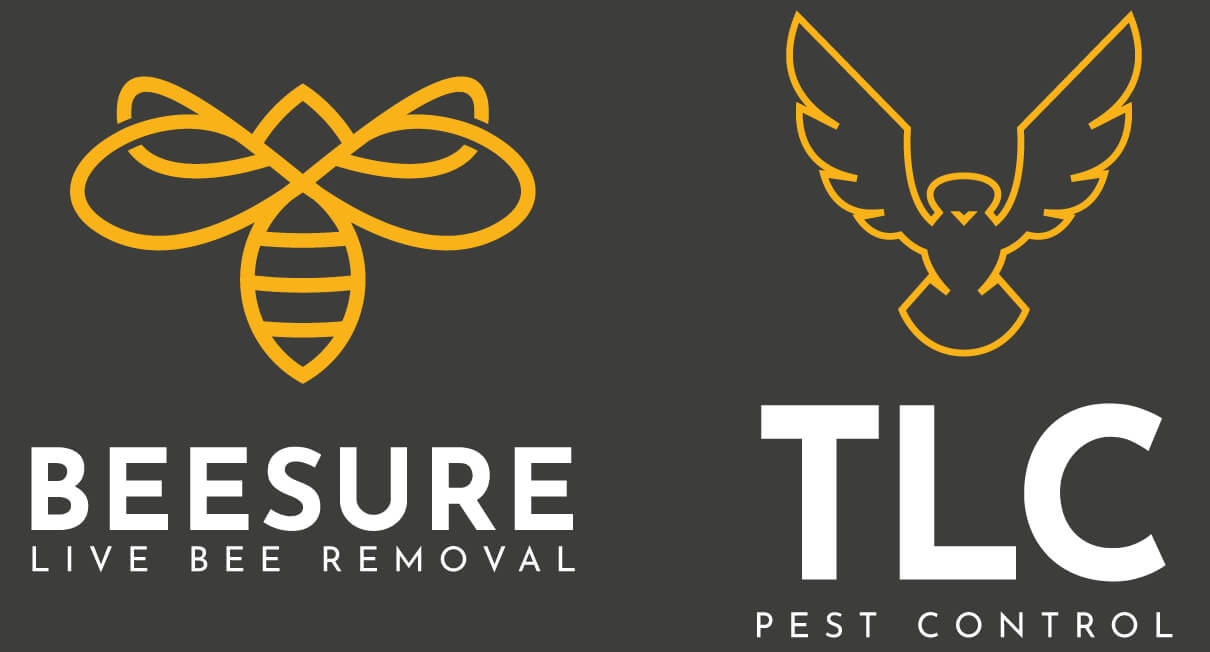Under Floor Insulation
Durable, effective solutions — guaranteed to keep your home comfortable.
Get in touch today
Underfloor Insulation
You may be eligible for government grants to help cover the cost of installation, making it even easier to upgrade your insulation.
Save on your energy costs
Insulating your floor can save you up to £100 a year on your energy bills
Create a cosier home
Underfloor insulation will help eliminate cold and draughty floors
Sustainability
Reduce the the amount of CO2 you produce each year by 310kg
What is underfloor insulation?
How can I tell what type of flooring I have?
Types of underfloor insulation
Solid concrete floor insulation
Rigid foam boards
- Can be fitted either above or below the concrete
- You can only add it below if you’re replacing your existing solid concrete floor
- If you are installing above your floor, you will also need to add a layer of chipboard flooring over the insulation
- This will raise the overall height of your floor, so you’ll need to move skirting boards, electric sockets, and trim your doors to make room for the insulation
Suspended floor insulation
Spray foam
- Used on either suspended concrete or floorboards
- Installed by cutting edge robot technology
- Foam is spayed in layers on the underside of your flooring
- A small access hatch is needed to allow the robot access, providing little disruption for installation
Wool mineral insulation
- Used on suspended floorboards
- All of your floorboards will need to be lifted for this type of insulation to be installed
Improve your EPC rating

Is this the right service for you?
What is underfloor insulation and how does it work?
Underfloor insulation is a method of reducing heat loss by adding insulating materials beneath the floorboards or between joists. It works by trapping heat inside your home, preventing it from escaping through the floor — especially in properties with suspended timber floors.
What types of floors can be insulated?
Suspended timber floors are ideal for underfloor insulation, as there’s usually a crawl space or void beneath them. Solid concrete floors can’t be insulated in the same way underneath but can be insulated on top using rigid insulation boards before new flooring is laid.
What are the benefits of underfloor insulation?
Reduces heat loss and lowers energy bills
Improves overall comfort by reducing draughts and cold spots
Can reduce noise from below
Increases your home’s energy efficiency rating (EPC)
Is underfloor insulation worth the cost?
Yes — particularly in older homes with uninsulated timber floors. While costs vary depending on the size and type of property, many homeowners recover the investment over time through reduced heating bills and improved home comfort.
Can I install underfloor insulation myself?
If your home has accessible crawl space and you’re confident in DIY, you might be able to install it yourself using materials like mineral wool or foil-faced insulation. However, for best results (and safety), professional installation is recommended — especially to avoid disrupting plumbing, wiring, or ventilation.
Our Services
1. Site Survey & Assessment
On-site inspection to assess floor type, accessibility, and insulation needs
Thermal imaging (if applicable) to identify heat loss areas
Detailed quote and recommendation report
2. Suspended Floor Insulation Installation
Professional fitting of insulation materials (e.g., mineral wool, PIR boards, foil-backed rolls)
Suitable for timber floors with crawl space or access from below
Includes air-tightness and draught-proofing as needed
3. Solid Floor Insulation
Application of rigid foam insulation boards over concrete floors
Can include floor screeding or boarding for a ready-to-finish surface
Ideal for renovations, extensions, or retrofits
4. Retrofit Underfloor Insulation
Insulation upgrades for older or poorly insulated homes
Removal of outdated or damaged insulation
Careful installation to preserve existing flooring and ventilation
5. Draught Proofing & Ventilation Solutions
Sealing gaps around floorboards, skirting, and pipework
Maintaining necessary airflow to prevent damp or mould
Optional installation of controlled ventilation systems
6. Insulation for Suspended Ceilings or Raised Floors
- Thermal and acoustic insulation solutions for raised floors (e.g., in offices or commercial spaces)
- Insulation for exposed ceilings in basements or garages
7. Ongoing Maintenance & Inspection
Annual or scheduled inspections for insulation performance
Checking for sagging, moisture, or pest-related damage
Repairs and top-ups as needed

Short on time? Book your appointment online anytime — no need to speak to anyone!
TLC Pest Control provides solutions to your problem. Our site survey will not only identify the cause of the problem but how we will resolve it providing a long-term solution and peace of mind.
With TLC, our team are both honest and friendly meaning you’ll feel completely at ease every step of the way. All our team members are highly trained and DBS screened ensuring your safety.








